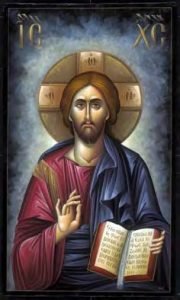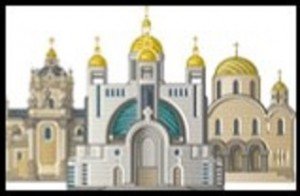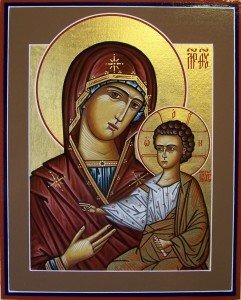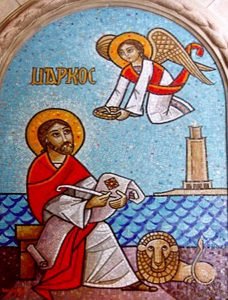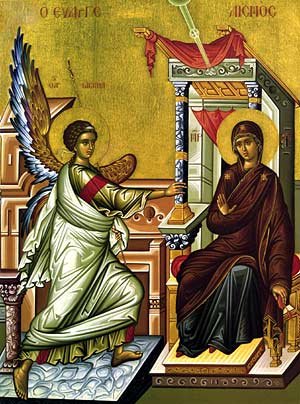 I shared in the last issue how Athanasius tried described the relationship between the Father and the Son as the relationship that exists between the son and its own light. Athanasius’ point is that just as the sun is inseparable from its rays – to be the sun is to shed light – so for the Father to be Father is to possess a Son. How could things be otherwise? And, as he later writes, whatever kind of “begetting” is involved in the relationship between Father and Son, this begetting cannot be external to their natural, inherent paternal and filial relationship.
I shared in the last issue how Athanasius tried described the relationship between the Father and the Son as the relationship that exists between the son and its own light. Athanasius’ point is that just as the sun is inseparable from its rays – to be the sun is to shed light – so for the Father to be Father is to possess a Son. How could things be otherwise? And, as he later writes, whatever kind of “begetting” is involved in the relationship between Father and Son, this begetting cannot be external to their natural, inherent paternal and filial relationship.
Athanasius’ argument and illustration run directly against the Arian insistence that the generation of the Son is external to the Father, that is, a generation that takes place at some “time,” even if that time is before the creation of the heavens and the earth. As long as Arius insists that there was a time when the Son did not exist, such must be the case. Hence, Athanasius’ use of the illustration of the sun and its rays. The two are, Athanasius insists, inseparable, as are the Father and the Son.
Athanasius believes that at least part of the Arian error can be linked to the kinds of questions Arian theologians tend to ask. Think of the following two questions:
- How can the Son exist eternally with the Father? Do not human fathers beget sons “in the course of time”? No human son existed before his father begat him in time. Every human son did not exist before he was begotten.
- How can the Son be the Word, or the Word be the image of God?” Human “speech is a combination of syllables,” signifying a speaker’s meaning as one speaks that meaning into the air. The words did not exist before the speak chose to speak them, and they cease to exist once they have been uttered. How then, Arian thinkers ask, can God’s Word always exist and continue to exist once it has been spoken? No human analogies exist to demonstrate that this can be possible.
Hopefully my readers can see how intense the arguments were as the Church struggled to come to a true understanding of Who Jesus IS and, therefore, Who God IS!


